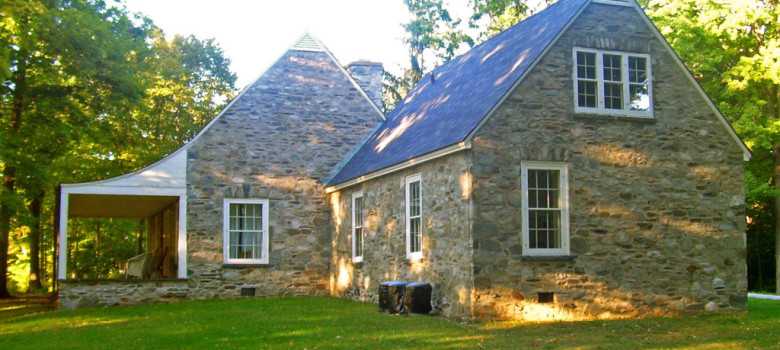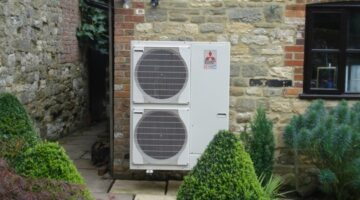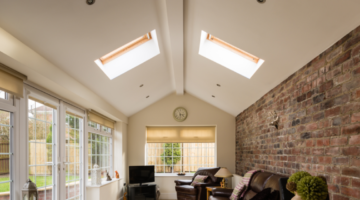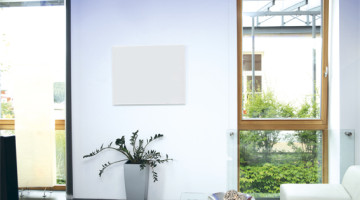
Heating a holiday home when no one is living there is pretty wasteful. There is no point pumping out the heat all winter if you only use the place in summer! However, it is really important to not let your pipes freeze in winter, or you could have a real horror show on your hands when you visit next time around!
Heating a holiday home with a central heating system
A wet central heating system, like a traditional gas boiler with radiators, is normally the cheapest way to heat a home. When you only use that home for a few months of the year however, it might be better to look at other options. The unit price of the fuel becomes less important, and the maintenance and initial install costs, become much more important. For example, if you are only spending £200 a year heating a home, saving £50 with gas central heating is not really worth the extra expense.
Going for a combi boiler could be a decent solution, because you can get rid of those pipes and tanks in the loft that are liable to freeze, and save space that can be used for something else.

Heating a holiday home with electric heating
We think a great solution for heating a holiday home is some sort of electric heating – this really reduces the risk of freezing pipes in the home – although electricity is significantly more expensive than gas. Ideally the electric heater installed needs to have some sort of thermostatic control – ideally with a frost mode. These kick in only when the temperature of the property is so low there might be a risk of freezing. At this time the heaters warm up and therefore should protect any pipework.
If you are yet to make a decision on the heating system to install you might want to consider something like infrared, which is an efficient form of electric heating system. Obviously with this type of heating system, there is no danger of them leaking water over the winter but another advantage is that they are far cheaper to install than a new wet central heating system – combi boilers included, and they are great space saving options for a cottage or static caravan, where space is at a premium.
You could easily kit out a 2 bed cottage with infrared for £1,000 or so, whilst a gas or oil boiler will set you back several thousand pounds – especially with radiators.
Log burners make a nice feature in a holiday home!
Wood burning stoves are really big at the moment. They make a wonderful addition to any home, but are perfect for a property that you are heating intermittently although it will take time for the house to warm up if you are relying solely on a log burner. We tend to see these most as additional heating systems on top of either gas boilers or electric heaters. Whilst they can be a bit of a pain to stoke up, they do produce a really homely atmosphere in the home so they should certainly be considered!
Installing infrared heating
Are you thinking about installing infrared heating in your home? We have scoured the country for the best tradespeople, so that we can make sure we only recommend those we really trust.
If you would like us to find you a local installer to help install infrared heating in your home, just fill in the form below and we will be in touch shortly!












No Comments yet! Be the first one.